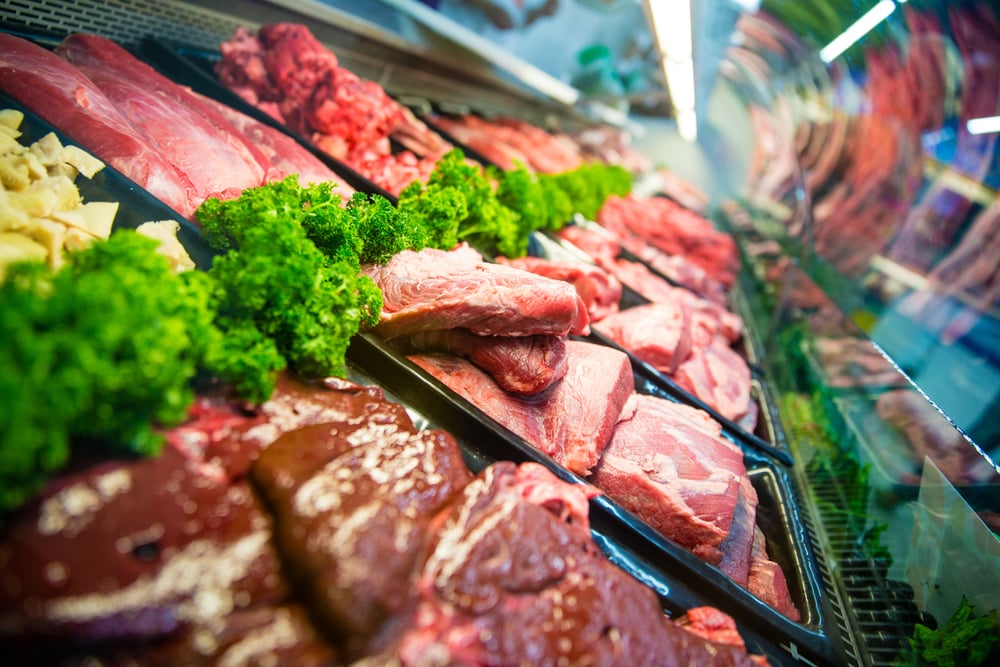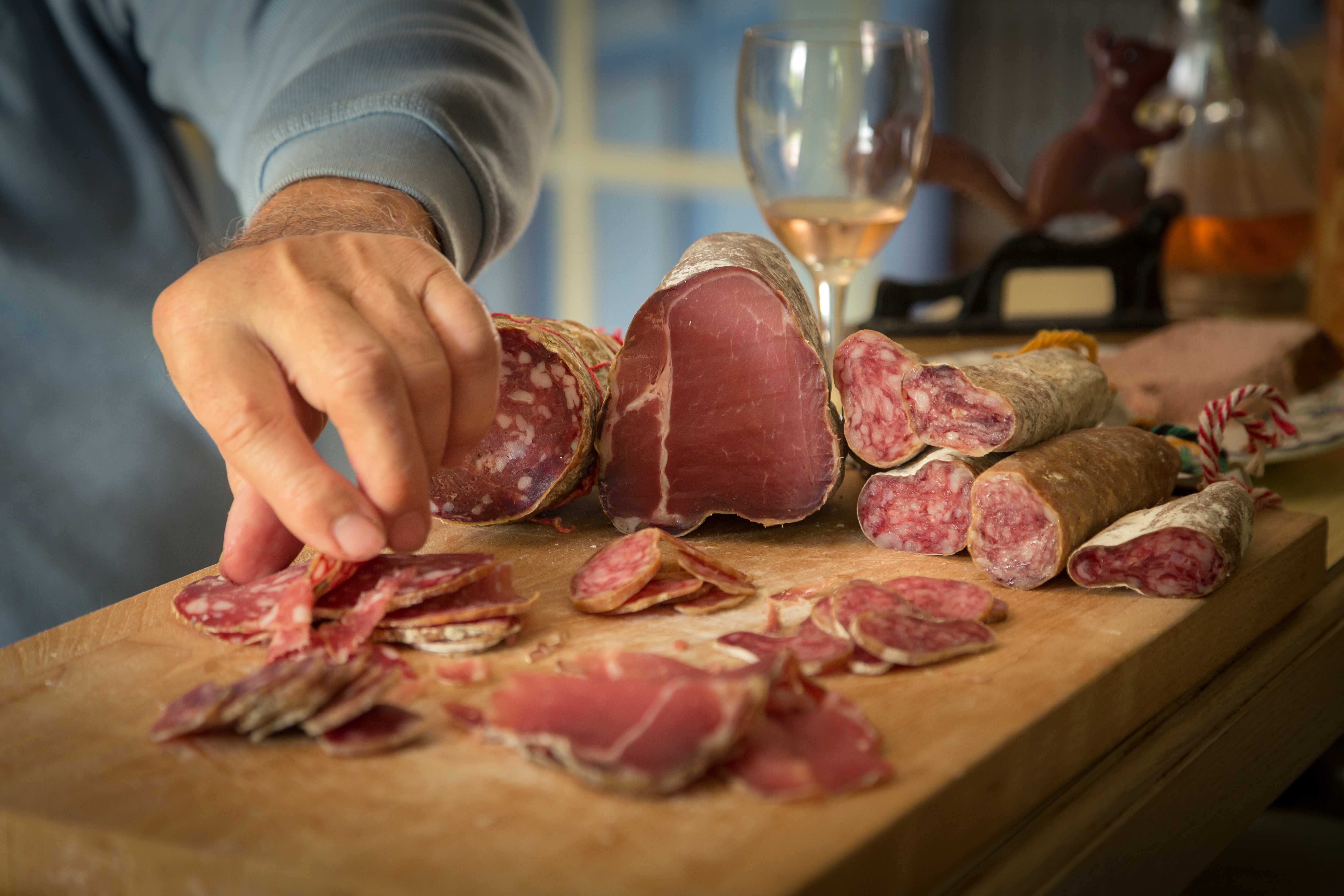In the ever-changing landscape of the food processing industry, traditional butchery has managed to stay relevant and adapt to new consumer demands and technologies. In this blog, we will take a closer look at the future of butchery in the UK, exploring the key trends and innovations that are shaping this age-old profession. From sustainability and technology to the rise of artisanal practices, the UK's butchery industry is poised for an exciting transformation.
Sustainability Takes Center Stage
The future of butchery in the United Kingdom is undergoing a significant transformation, largely driven by the principles of sustainability and ethical sourcing. The paradigm is shifting towards practices that not only minimize waste but also prioritize animal welfare and environmentally responsible sourcing.One significant shift is the rise of "nose-to-tail" butchery. This approach redefines the utilization of every part of the animal, significantly reducing waste while offering a wider selection of flavorful, albeit less conventional, cuts. This approach aligns with consumers' desire to minimize environmental impact and maximize culinary potential.
Simultaneously, ethical sourcing has taken a prominent role in the UK's butchery landscape. Consumers are increasingly demanding transparency in meat sourcing, emphasizing humane treatment of animals. This has spurred a proliferation of small-scale, artisanal butchers who champion local, sustainable, and humane practices.

Ethical sourcing extends to certification and labeling, with designations like "Organic," "Free-Range," and "Grass-Fed" becoming sought-after markers of commitment to animal welfare and sustainable farming. In 2020, organic meat sales in the UK surged by 18.4%, showcasing the increasing demand for ethically sourced meat.
This shift towards sustainability also involves reducing the environmental footprint throughout the supply chain. Butchers are adopting eco-friendly practices, including energy-efficient equipment, reduced packaging waste, and sustainable transportation. This holistic approach to sustainability ensures that the UK's butchery industry is at the forefront of a broader movement towards responsible and sustainable meat production and consumption.
Tech Driven Advancements
In the 21st century, technology is revolutionizing every aspect of our lives, and the food processing industry is no exception. Butchery, once a traditional craft, is now embracing innovation to enhance precision and efficiency.
One remarkable development is the use of automated cutting machines and robotics. These machines are designed to precisely portion cuts of meat with minimal waste. They reduce the margin of error and improve overall efficiency in meat processing plants. For example, "Boning robots" have been introduced in some facilities, capable of de-boning poultry with astounding precision, improving yield and reducing labor costs.

Additionally, data analytics and artificial intelligence are playing a crucial role. They help in predicting consumer preferences, optimizing inventory, and reducing food waste. One notable example of this is the use of 3D printing to create custom meat cuts. With the help of AI, butchers can forecast which cuts will be in high demand during specific seasons, enabling better stock management. These machines can analyze the meat's composition and print perfect portions, minimizing waste and maximizing yield. As a result, butchers can offer more precise cuts while reducing overall costs.
According to a report by ResearchAndMarkets, the global market for meat processing equipment is expected to grow at a CAGR of 7.8% between 2021 and 2026. In the UK, the adoption of these technologies is steadily rising, ensuring that butchers can meet the demand for consistent, high-quality cuts while reducing operational costs.
Diverse Culinary Influences and the Revival of Butcher Shops

In the UK, the culinary scene is becoming increasingly diverse, reflecting a rich tapestry of global influences. This diversity extends to butchery, as consumers seek out a wide range of cuts, flavors, and cooking techniques from around the world.
Butcher shops are no longer limited to selling traditional British cuts. They now stock a variety of international cuts and ingredients to cater to the evolving tastes of the population. For instance, Latin American and Asian-inspired cuts, such as marinated and thinly sliced meats for quick stir-fries or BBQ, are becoming popular choices.
Furthermore, traditional butcher shops are making a comeback. These shops are often cherished for their personal service, expertise, and commitment to quality. The Butcher's Manifesto states that more and more consumers are choosing to visit these shops over supermarkets, valuing the knowledge and guidance offered by skilled butchers.
In conclusion, the future of butchery in the UK is a vibrant one, shaped by technological advances, sustainability, and culinary diversity. The adoption of cutting-edge technologies, an emphasis on ethical sourcing, and the revival of traditional butcher shops are setting the stage for an exciting and dynamic future for butchery in the UK's food processing industry. As consumers continue to evolve, so too will the butchery industry, delivering quality and variety in equal measure.
Sealpac UK & Partners are proud to offer bespoke full-line solutions to help food manufacturers to increase efficiency and cut costs.
Get in touch with our team of experts for a free consultation and discuss your requirements.

